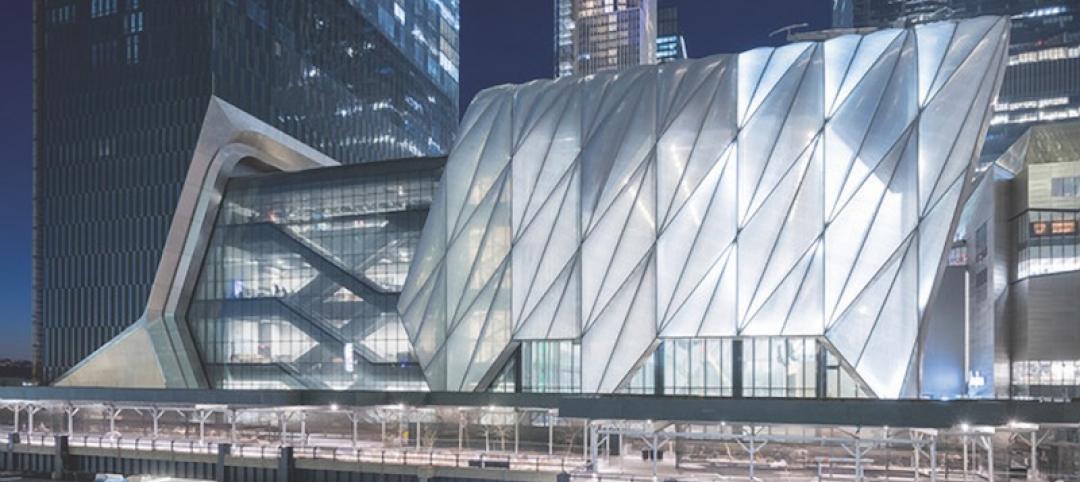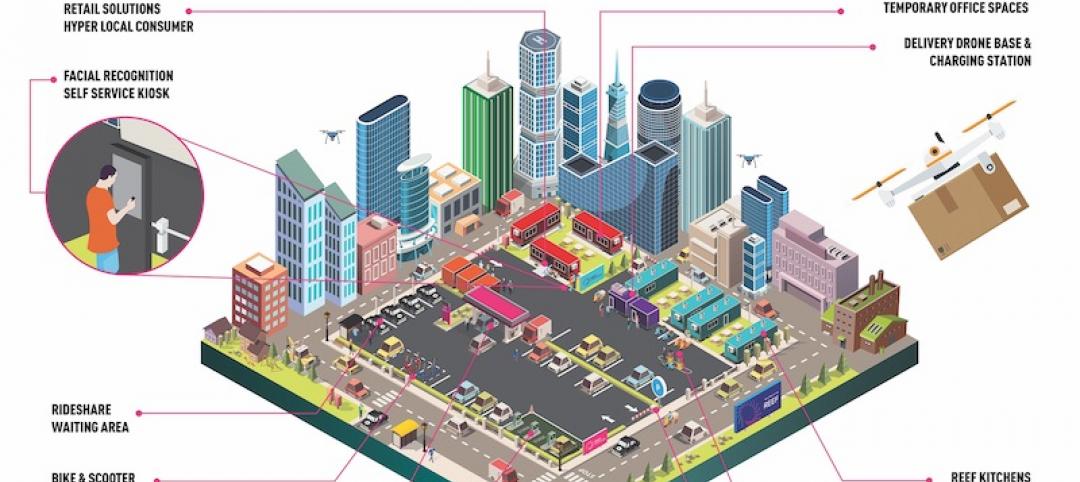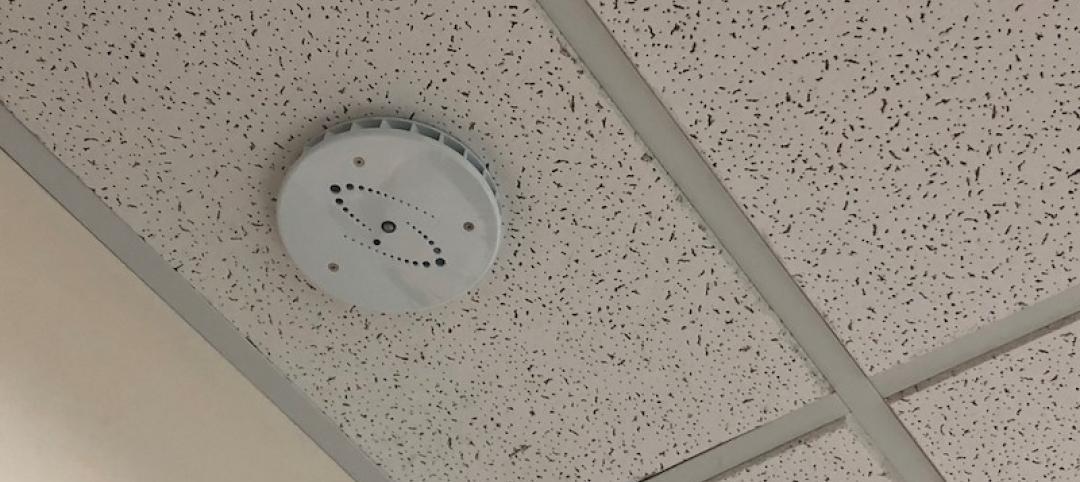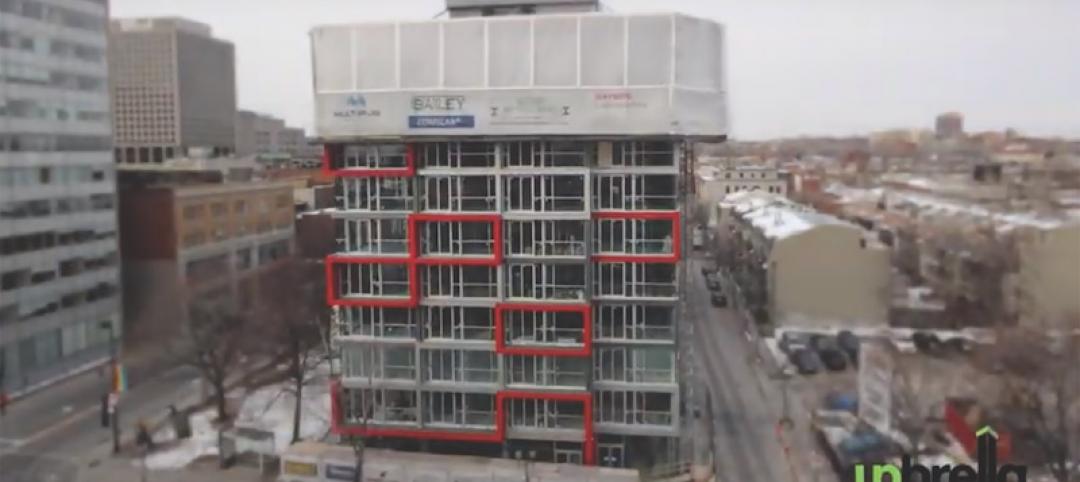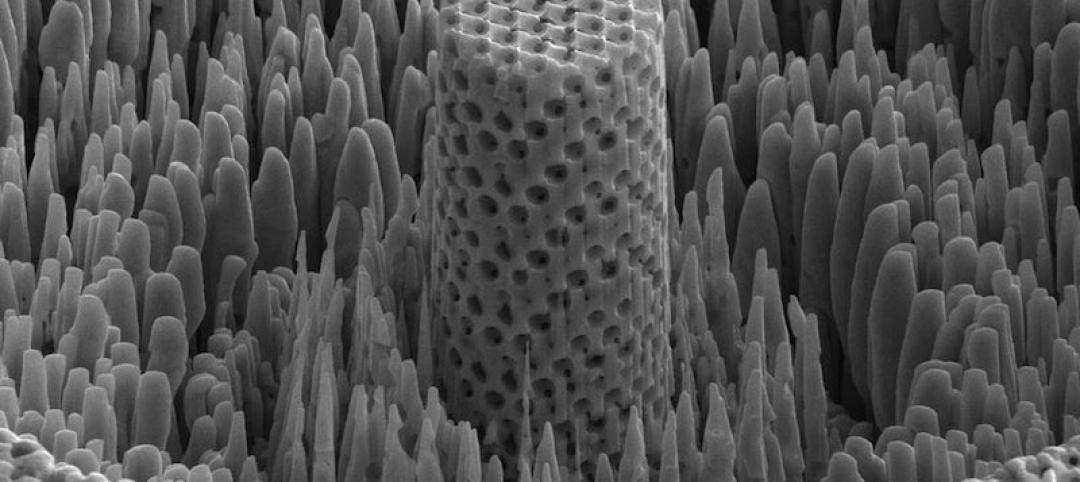There are three things that are certain in life: death, taxes, and employees being uncomfortable with the ambient temperature of their offices. While some reach for Sherpa-lined blankets and cups of hot tea, others work up a lather that would give Paul Newman in “Cool Hand Luke” a run for his money. Not only is it difficult to find a temperature where everyone is comfortable, heating and cooling a building is also costly.
But what if you could heat the individual building occupants instead of the building itself? Not only would everyone be more comfortable, but it would also present an opportunity to conserve energy.
New wearable technology from Embr Labs, known as the Embr Wave, gives each wearer direct control over their own temperature. It utilizes the human body’s natural response to temperature to provide thermal relief by warming and cooling the user’s wrist.
 Photo: Embr Labs.
Photo: Embr Labs.
Founded at MIT, the Embr Wave uses a cooling and warming thermoelectric module to help a user feel more comfortable. The temperature is controlled via a light bar located on a nickel-free anodized aluminum body.
Say a user is feeling a bit on the warm side. All they need to do is press the left side of the Embr Wave, and a cooling sensation will begin to spread across their wrist. As the Embr Wave is cooling, the aluminum heat sink warms up to dissipate heat. Press the right side and the Embr Wave will turn up the heat to warm a cold user. Because the device uses conduction heating and cooling, it can be more efficient, precise, and immediate than traditional air-conditioning or heaters.
EYP Architecture and Engineering recently equipped some of its employees with the Embr Wave and embarked on a five-week pilot study to collect product feedback and data. Nearly three-quarters (72%) of the participants said they felt more in control of their own thermal comfort while using the Embr Wave. Factors such as environmental space metrics, temperature, humidity, and other thermal data were collected and analyzed against participant surveys throughout the duration of the study.
 Photo: Embr Labs.
Photo: Embr Labs.
EYP’s main goals of the study were to discover if the Embr Wave could improve human comfort, fuel productivity, and present opportunities to conserve officewide energy consumption. With the vast majority of participants saying they felt more in control of their own thermal comfort while wearing the device, EYP believes there is a potential opportunity to incorporate personal comfort devices, such as the Embr Wave, in building design planning.
EYP's participation in this study showcases how many architecture and design firms are taking an interest in their buildings long after construction has been completed in order to gain insight into how to plan more comfortable, energy-efficient, and sustainable spaces in the future.
Related Stories
Great Solutions | Apr 13, 2020
Family workstations highlight the new Fairfield Area Library
The workstations are the perfect remedy for squirming, restless children and toddlers.
Great Solutions | Feb 5, 2020
Power moves: The Shed
Precise positioning of mechanicals above its lighting keeps New York’s kinetic event space, The Shed, running.
Great Solutions | Dec 18, 2019
Robot uprising
Thyssenkrupp’s robotics interface platform helps robots use elevators like humans.
Great Solutions | Nov 12, 2019
Skanska designs personal protective equipment tailor-made for the female workforce
A safety vest is the first piece of equipment to undergo an update.
Great Solutions | Oct 3, 2019
REEF Technology wants to turn parking facilities into urban mobility hubs
The company currently operates 4,500 parking lots in 25 markets across North America.
Great Solutions | Aug 30, 2019
An ‘Internet of Beings’? Kinetic flooring promises more than just energy generation
Pavegen says its technology delivers a new level of human engagement in sustainability initiatives.
Great Solutions | Aug 7, 2019
Earthquake response system takes the guesswork out of seismic safety
The platform provides real-time monitoring to help avoid unnecessary evacuations and improve emergency response.
Great Solutions | Jul 12, 2019
Smart sensor maintains privacy, enhances safety in sensitive spaces
The HALO IOT sensor is designed for use in places where cameras are not welcome.
Great Solutions | Apr 9, 2019
Raising the roof is cool again
Upbrella allows for floor-by-floor building construction that is, reportedly, safer and more productive than traditional methods.
Great Solutions | Mar 12, 2019
When is wood not really wood?
Inspired by the look and cellular nature of wood, researchers create 3D-printed “digital wood” and “metallic wood” that is as strong as titanium, with the density of water.




